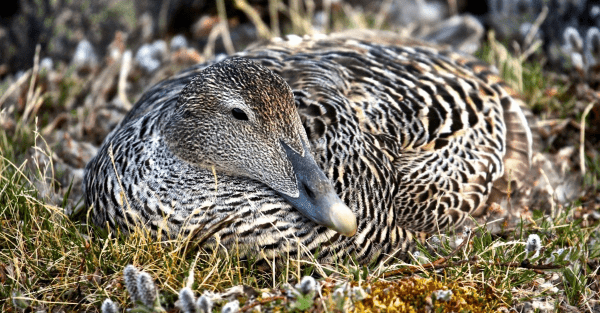One of the main challenges in wildlife conservation biology is to understand what factors affect vulnerable wildlife populations over time. Scientists have been trying to understand these factors to estimate how much hunting in a season is sustainable, but the lack of long-term monitoring data, especially in remote areas such as the Arctic, makes this task very difficult to accomplish.
In a new study published in Proceedings of the National Academy of Sciences, scientists at the University of Ottawa used a novel method to bypass this lack of data and track how nesting bird populations changed over time, even before population census data were collected.
Professor Jules Blais and his team analyzed sediment cores from the bottom of small lakes and ponds in Canada’s Eastern Arctic to examine the levels of a range of chemical compounds in the cores’ composition.
“When birds colonize an area, they begin to fertilize the local environment, drastically changing the nutrient levels in the water,” explained lead author Dr. Kathryn Hargan, a W. Garfield Weston postdoctoral fellow and a L’Oréal-UNESCO postdoctoral fellow at the University of Ottawa at the time the research was done. “Over time, sediments slowly accumulate at the bottom of lakes, archiving a detailed history of the biological changes in those bodies of water, much like tree rings reveal historical information.”
Continue reading at University of Ottawa.
Image via University of Ottawa.


